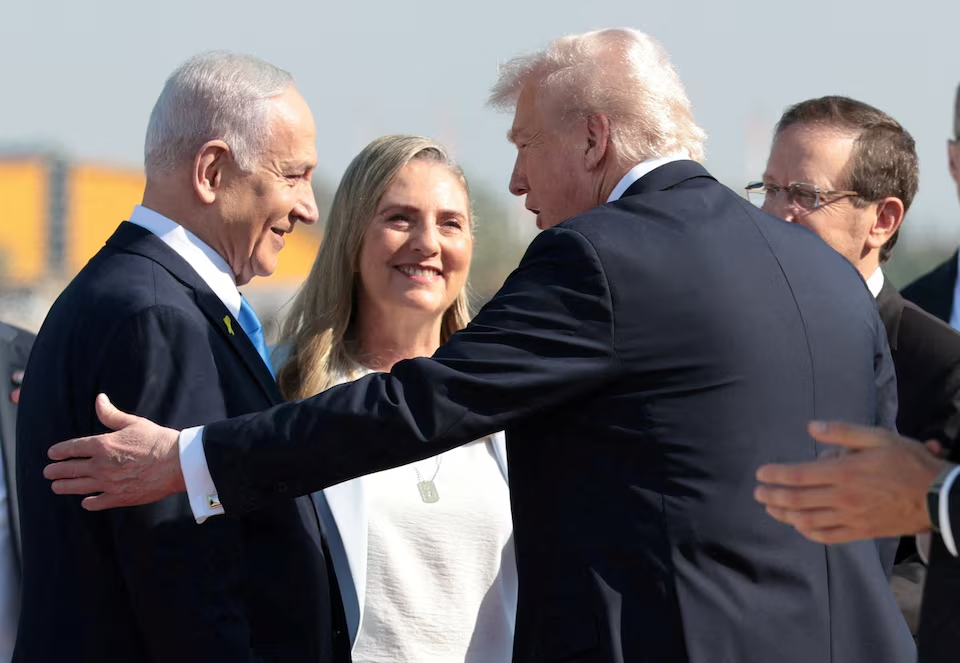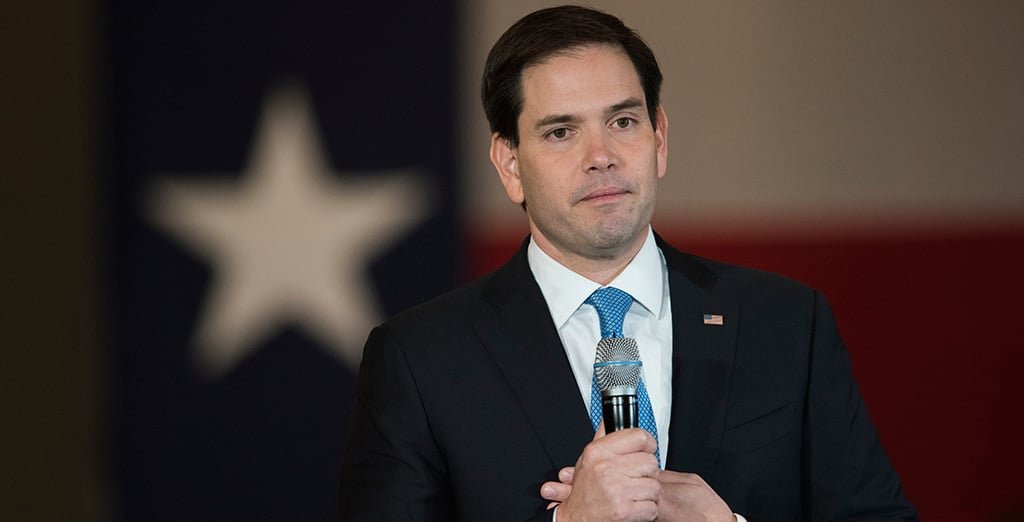Trump seals ‘biggest trade deal ever’ with EU — 15% tariff imposed across the board.
Although full details of the deal have not yet been disclosed, Trump called it “the biggest trade deal ever made.” European Commission President von der Leyen praised the agreement as one that will bring “stability” and “predictability” to transatlantic trade. Other European leaders have also welcomed the development.
Trump seals ‘biggest trade deal ever’ with EU — 15% tariff imposed across the board.
[Turnberry, Scotland – July 27, 2025] — The United States and the European Union have reached a landmark framework for a trade agreement, ending months of tense negotiations between Washington and its largest trading partner.
Following a high-level meeting with European Commission President Ursula von der Leyen in Scotland, U.S. President Donald Trump declared the imposition of a 15% tariff on most goods imported from the EU’s 27 member states.
Although full details of the deal have not yet been disclosed, Trump called it “the biggest trade deal ever made.” European Commission President von der Leyen praised the agreement as one that will bring “stability” and “predictability” to transatlantic trade. Other European leaders have also welcomed the development.
Key Highlights of the Deal:
-
15% tariffs will apply to a broad range of goods, including automobiles, pharmaceuticals, and semiconductors.
-
Pharmaceuticals were the top import from the EU to the US last year, valued at $155 billion. Ireland was the single largest source of these imports. Trump had previously threatened a 200% tariff on drugs manufactured outside the US, which still account for the majority of American pharmaceutical consumption.
-
The EU has agreed to purchase $750 billion worth of energy from the United States and invest an additional $600 billion in the US economy.
-
Trump emphasized that EU nations will now engage in tariff-free trade with the US on certain categories and have committed to purchasing significant quantities of American military equipment.
-
The deal may negatively impact Detroit automakers, as the 15% tariff on EU vehicle imports undercuts the 25% tariff American carmakers pay for vehicles assembled in Mexico—a disparity similar to what occurred in a previous deal with Japan, which was also criticized by US auto industry leaders.
-
The new tariff rate is higher than the 10% imposed by Trump on April 2, and significantly higher than the pre-Trump average tariff of approximately 1.2%. However, it is far lower than the dramatic increases Trump had previously threatened if no deal was reached.
This agreement is expected to reshape trade flows between the US and Europe and could carry major implications for sectors like energy, defense, pharmaceuticals, and automotive manufacturing.










